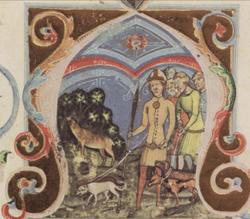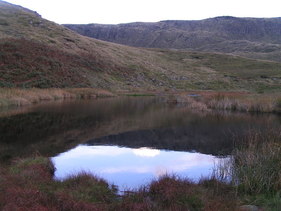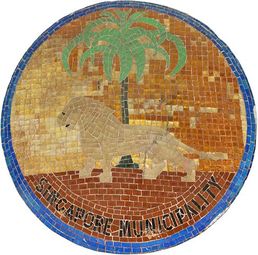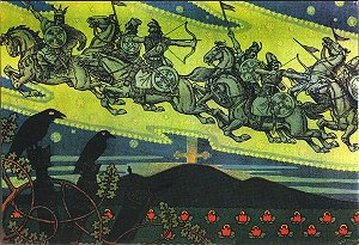 Hunt of the White Stag - Public Domain
Hunt of the White Stag - Public Domain A long, long time ago across the vast plains of Asia there was once mighty and powerful kingdom. Around its northern borders stood a range of high mountains and in the south it was bounded by the sea. Two mighty rivers flowed down across the land from the northern mountains and made their way to the sea in the south irrigating the fertile plain that lay between the mountains and the sea.
The people who lived in this land between the mountains and the sea were wonderfully clever and were renowned for their art, science and wisdom. They were a prosperous people in a fertile land of plenty and abundance. Originally they had come from the northern mountains to settle the fertile plain after the Great Flood and they created a new kingdom.
The people who lived in this land between the mountains and the sea were wonderfully clever and were renowned for their art, science and wisdom. They were a prosperous people in a fertile land of plenty and abundance. Originally they had come from the northern mountains to settle the fertile plain after the Great Flood and they created a new kingdom. Read more







 RSS Feed
RSS Feed
